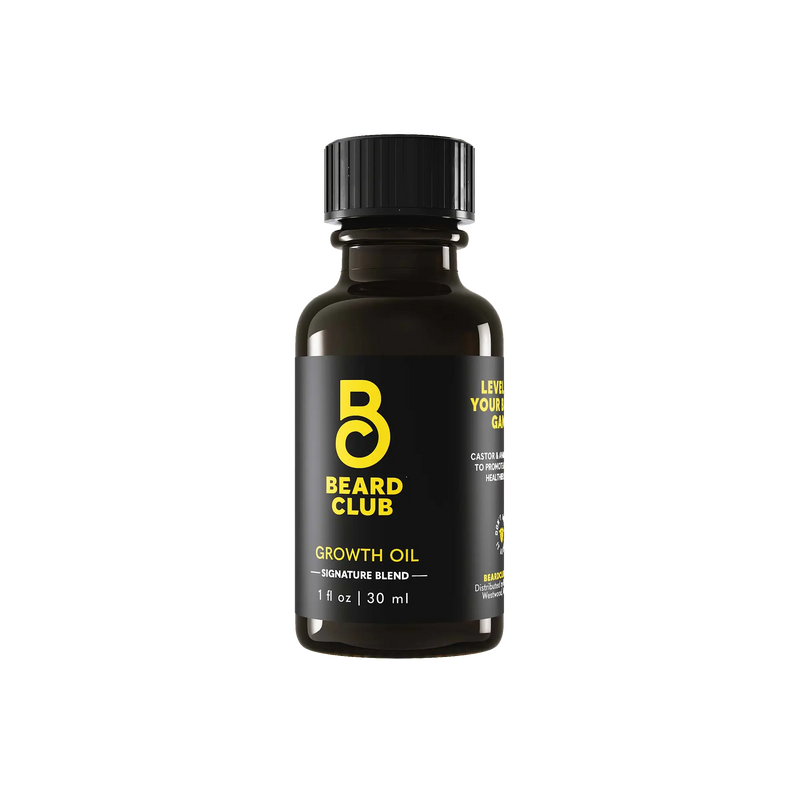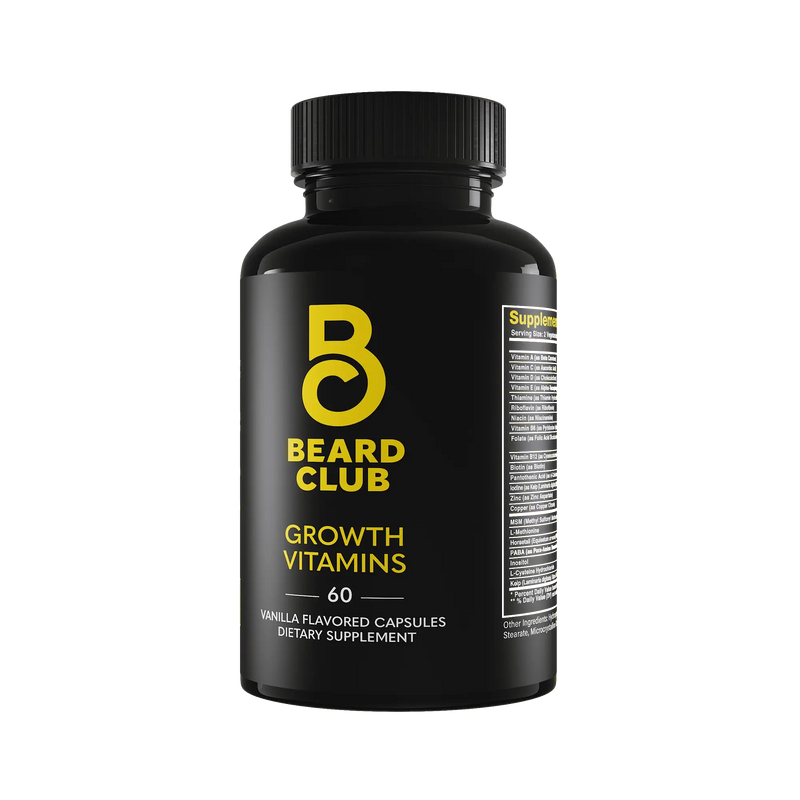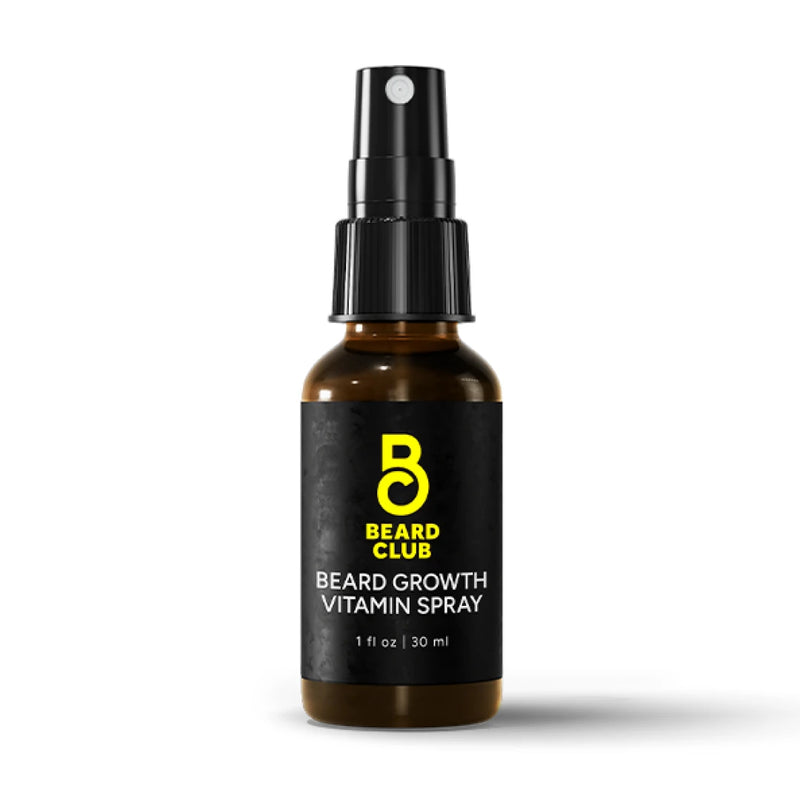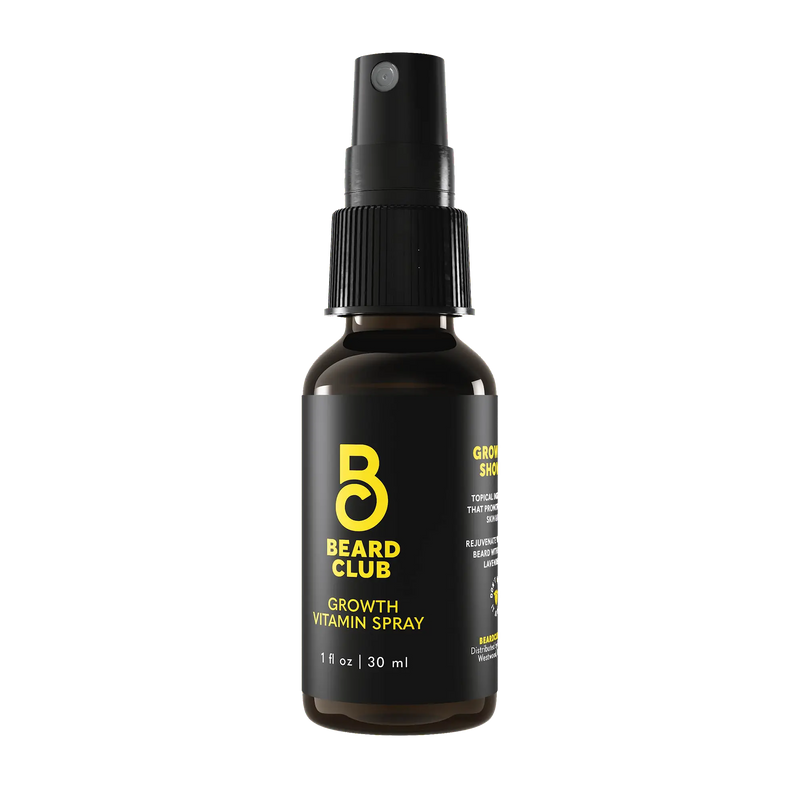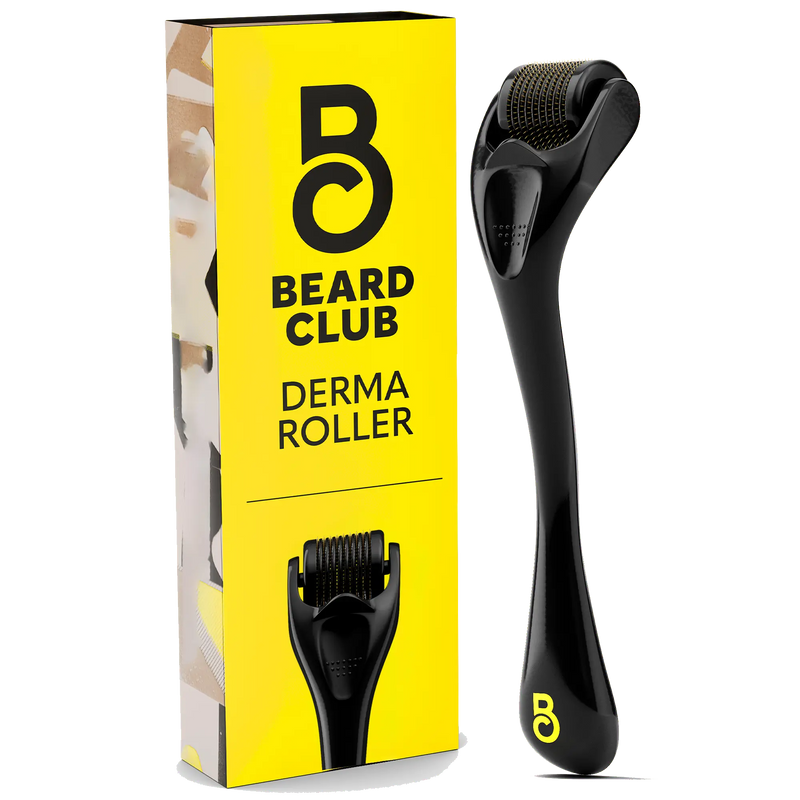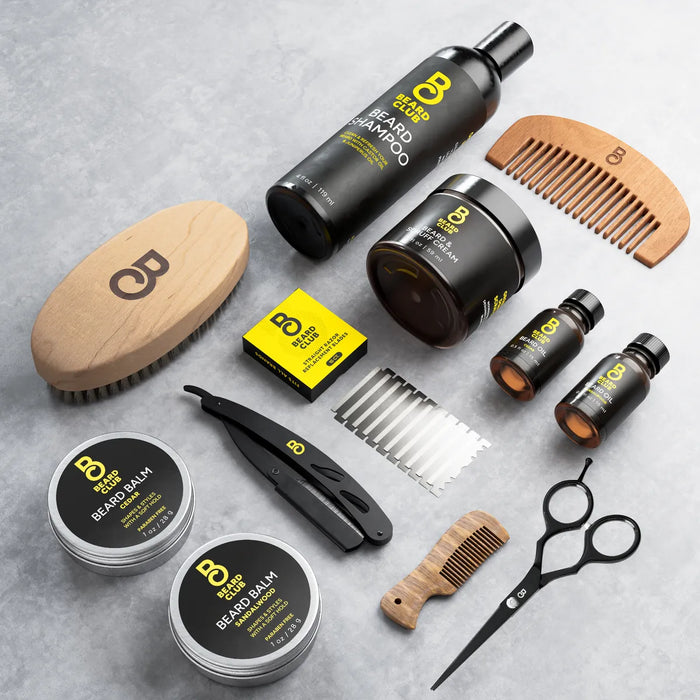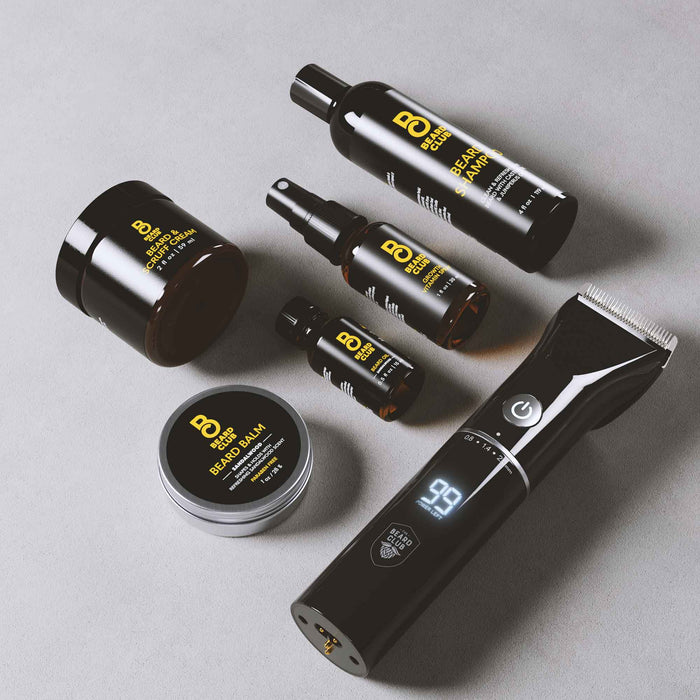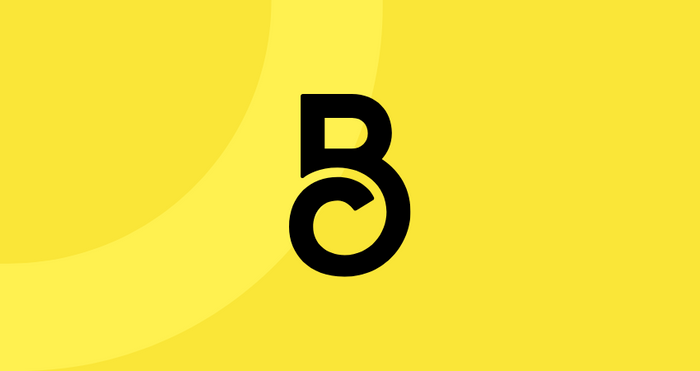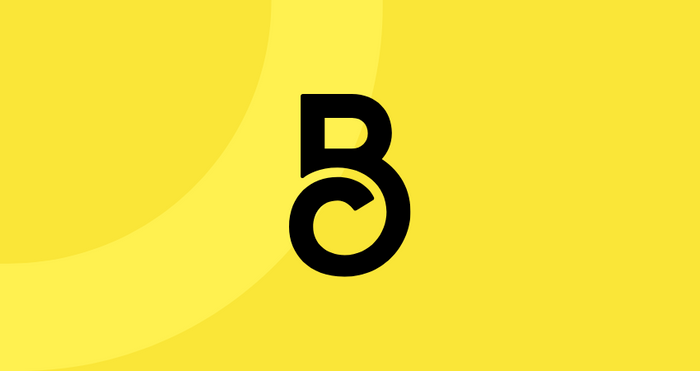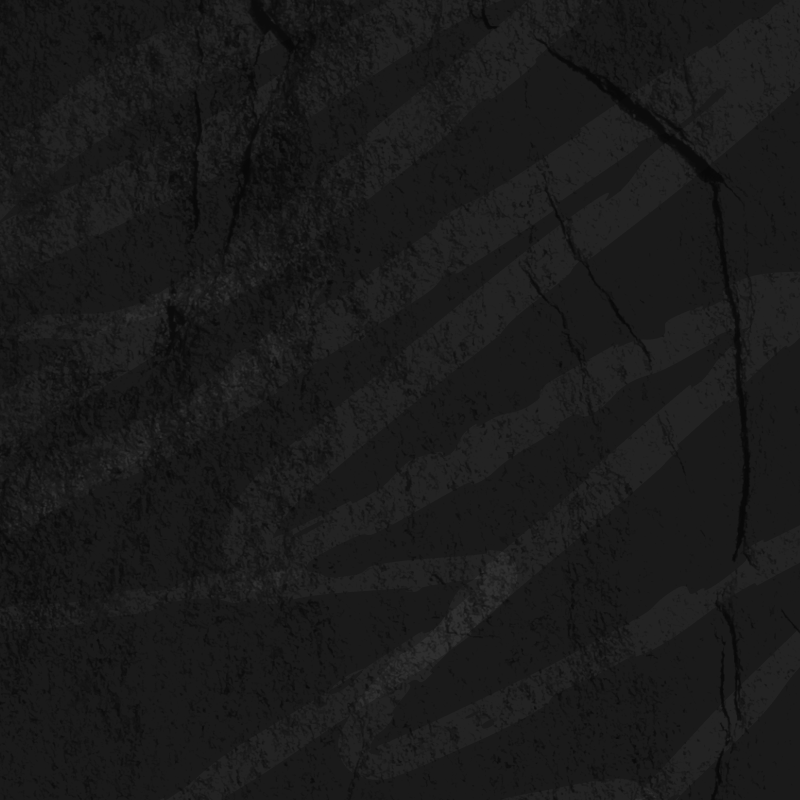Is Dry Shaving Your Face Bad? 10 Reasons to Avoid
You’re in a rush, with no time for your whole shaving routine, and the thought crosses your mind... maybe I could just skip the water and lather and go straight for the razor. It’s called dry shaving, and while it might seem like a quick fix, it’s not without its risks.
Is Dry Shaving Bad?
Yes, dry shaving your face is bad for your skin. It causes more irritation, razor burn, and post-shave dryness because you’re shaving without any protection for your skin. Both water and shaving cream soften the hair and add cushion so razors glide smoothly.
If you’ve ever been tempted to “just shave real quick,” here's a deeper dive on 10 things that can happen when you shave dry, why it’s worth avoiding, and the best alternatives for a quick shave.

1. Dry Shaving Can Irritate Your Skin
First things first, dry shaving is a major cause of skin irritation.
When you shave without water, cream, or shaving gel, there’s nothing to soften your facial hair or lubricate your skin. This means the razor drags across your face, causing friction and irritation.
The result? Redness, itching, and that uncomfortable burning sensation we all want to avoid. If you’ve got sensitive skin, the irritation can be even worse, leaving you with a face that feels like it’s on fire.
2. You’re More Likely To Get Razor Burn
Razor burn is one of the most common side effects of dry shaving.
Without a lubricant, the razor doesn’t glide as smoothly, making it more likely to catch and tug at your hair. This can lead to tiny cuts and abrasions on the surface of your skin, causing that dreaded beard rash. Trust us: Nothing ruins a clean shave faster than a face full of painful red bumps.
3. Increases the Risk of Ingrown Hairs
Ingrown hairs are every well-groomed guy’s nightmare.
These pesky little bumps occur when hair curls back into the skin instead of growing out. Dry shaving increases the risk of ingrown hairs because the lack of moisture can cause your razor to pull and twist the hairs as it cuts them. If you’re prone to ingrown hairs, dry shaving is not your friend.
4. Can Lead to Nicks and Cuts
Shaving without lubricant or protection between your skin and the razor is practically asking for trouble.
Dry shaving makes it much easier to nick and cut your skin, especially in areas with thinner skin or curves, like around your jawline or under your chin. Even the most experienced shaver can experience an unexpected cut or two when they try to shave dry.
5. Your Razor Blades Will Dull Faster
You might not have considered that dry shaving is bad news for your razor blades.
When you shave without moisture, there’s more friction between the blade and your skin, which can dull your razor much faster than you’re used to. Dull blades make shaving more difficult and can also increase the risk of irritation, cuts, and ingrown hairs.
Nobody wants to keep replacing razor blades more often than they have to.
6. You Won’t Get a Close Shave
If you’re all about that smooth, close shave, dry shaving isn’t going to cut it — literally.
Without water or shaving cream to soften your facial hair and open up your pores, your razor will have a harder time cutting the hair close to your skin. That means you’re more likely to be left with stubble or patches of hair that didn’t get the clean cut you were hoping for. For a truly close shave, you need to prep your skin correctly.
7. It Can Make Your Skin Dry and Flaky
Dry skin can be a pain to deal with, and dry shaving only makes it worse. Without moisture, the razor can strip away natural oils from your skin, leaving it feeling dry, tight, and flaky.
This is especially problematic during the colder months when your skin is already more prone to dryness. If you’re not careful, dry shaving can leave your face feeling like the Sahara Desert.
8. You’ll Miss Out on the Benefits of Shaving Gel
Shaving cream or gel isn’t just there to make your shaving routine feel fancy. In fact, it plays a crucial role in protecting your skin and ensuring a smooth shave.
These products create a barrier between your skin and the razor, managing friction and helping the blade glide more easily. They also contain ingredients that can help soften your facial hair, making it easier for the razor to cut through cleanly. When you skip shaving cream, you’re missing out on all these benefits, leading to a rougher, less comfortable cut.
9. It’s Harder To See What You’re Doing
When you’re in a rush, it’s easy to miss spots or shave over the same area multiple times, leading to irritation and uneven results. Shaving cream or gel helps you track where you’ve shaved and provides a visual guide to ensure you’re achieving an even look. Without it, you’re more likely to make mistakes that can mess with your vibes.
10. There Are Better Alternatives
If you find yourself in need of a quick shave and you’re tempted to try it dry, there are better alternatives.
For example, if you’re in a pinch, try using a little bit of water, soap, or a facial cleanser to create some lubrication for your razor. It’s not ideal, but it’s better than going completely dry. You could also consider using an electric trimmer, which is designed to be used without water or shaving cream.
These alternatives can help you avoid the worst side effects of dry shaving while still getting the job done.
Why Is Shaving Gel the Way To Go?
Shaving gel is our top choice for a smooth, comfortable shave. Unlike traditional shaving cream, shaving gel offers a clear, slick surface that lets you see exactly where you’re shaving, making it easier to get those precise lines and avoid missed spots.
It’s also packed with moisturizing ingredients that can help soften your facial hair and encourage a protective barrier between your skin and the razor. This manages friction, nicks, cuts, and the risk of razor burn.
Plus, the gel’s thick consistency helps lift your hair away from the skin, allowing the razor to glide smoothly and cut close. If you’re looking to upgrade your shave, ditch the cream and go with a quality shaving gel. It’s the key to a close, comfortable shave every time.
Wrapping It Up
Is dry shaving your face bad? In short, yes, it can be. It’s definitely not the best choice if you want to keep your skin looking and feeling its best.
While skipping the prep and going straight for the razor may be tempting, the risks simply aren’t worth it. From skin irritation and razor burn to ingrown hairs and dull blades, dry shaving can cause more harm than good.
Instead, take the time to properly prepare your skin with water and shaving gel. For more grooming advice and awesome beard products, check out The Beard Club today.
Sources
Skin Rash: Types, Symptoms, Causes, Diagnosis & Treatments | Cleveland Clinic
Rash: 7 Common Skin Rashes, Causes and Treatment | Penn Medicine


